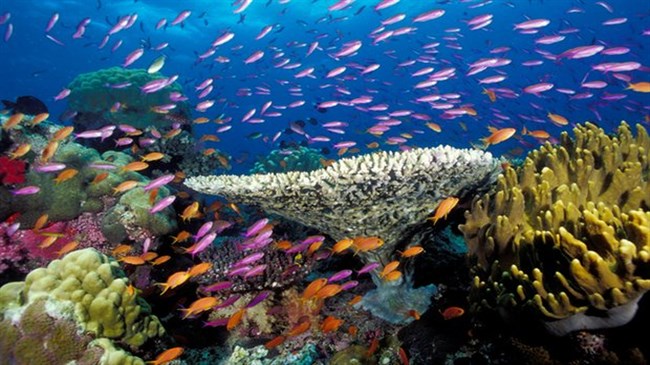
The decision to try to limit warming to 1.5°C, measured in relation to pre-industrial temperatures, was the headline outcome of the Paris climate negotiations last December. The talks were hailed as a major success by scientists and campaigners, who claimed that, by setting the target, desertification, heatwaves, widespread flooding and other global warming impacts could be avoided, according to theguardian.com.
However, figures — based on Met Office data — prepared by meteorologist Ed Hawkins of Reading University show that average global temperatures were already more than 1°C above pre-industrial levels for every month except one over the past year and peaked at +1.38°C in February and March. Keeping within the 1.5°C limit will be extremely difficult, say scientists, given these rises.
These alarming figures will form the backdrop to the Intergovernmental Panel on Climate Change talks in Geneva this month, when scientists will start to outline ways to implement the climate goals set in Paris. Dates for abandoning all coal-burning power stations and halting the use of combustion engines across the globe – possibly within 15 years – are likely to be set.
Atmospheric heating has been partly triggered by a major El Niño event in the Pacific, with 2016 expected to be the hottest year on record. Temperatures above 50°C have afflicted Iraq; India is experiencing one of the most intense monsoons on record; and drought-stricken California has been ravaged by wildfires.
Stanford University’s Professor Chris Field, co-chair of the IPCC working group on adaptation to climate change, told the Observer: “From the perspective of my research I would say the 1.5°C goal now looks impossible or at the very least, a very, very difficult task. We should be under no illusions about the task we face.”
The Paris summit first agreed to limit global warming to 2°C above pre-industrial levels and then decided to try to keep it below 1.5°C. This latter limit was set because it offered the planet a better chance of staving off catastrophes such as the melting of polar ice, which would no longer be able to deflect solar radiation and allow even greater global warming. Similarly, coral reef destruction and extreme sea level rises might be avoided if the 1.5°C limit is achieved.
“If the world puts all its resources into finding ways to generate power without burning fossil fuels, and if there were international agreements that action must happen instantly, and if carbon emissions were brought down to zero before 2050, then a rise of no more than 1.5°C might just be achieved,” said Dr. Ben Sanderson of the National Center for Atmospheric Research in Boulder, Colorado. “That is a tall order, however.”
The problem was made particularly severe because moving too quickly to cut emissions could be also be harmful, added Field. “If we shut down fossil fuel plants tomorrow — before we have established renewable alternatives — we can limit emissions and global warming, but people would suffer. There would be insufficient power for the planet. There is an upper limit to the rate at which we can move to a carbon-free future.”
The Paris agreement is vague about the exact rate at which the world’s carbon emissions should be curtailed if we are to achieve its 1.5°C target. It merely indicates they should reach zero by the second half of the 21st century, a goal that was accepted as being ambitious but possible — until global temperatures increased dramatically this year.

Add new comment